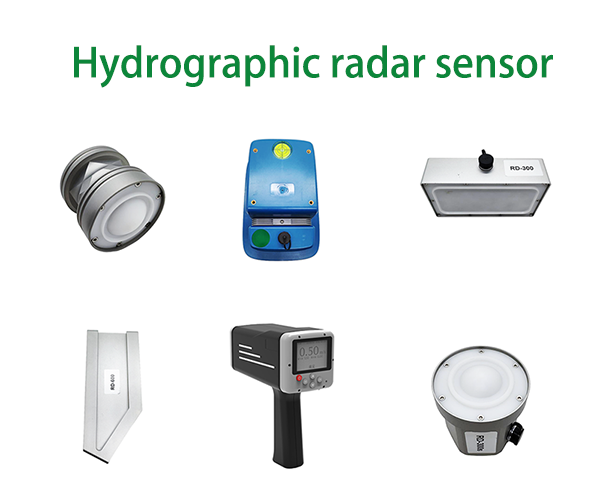Here at Water magazine, we are constantly looking for projects that have overcome challenges in ways that could benefit others. Focusing on flow measurement at a small wastewater treatment works (WwTW) in Cornwall, we spoke to the key project participants…
Small wastewater treatment works frequently present significant physical challenges for instrumentation and control engineers. However, a compliant flow measurement facility has been installed at a plant in Fowey, in the south-west of England, by a partnership involving a water company, a contractor, an instrumentation provider and an inspection company.
The flow monitor at Fowey WwTW needed to be replaced as part of a capital maintenance programme which was challenging due to the constrained nature of the site. Therefore, more innovative solutions were considered as an alternative to a like-for-like replacement.
Engineers from Tecker, a MEICA contractor for South West Water, therefore reviewed the available options. “The channel is in-between two aeration ditches, and there was insufficient room to extend or divert the channel,” explains Tecker Project Engineer Ben Finney.
backdrop
Accurate wastewater flow measurements enable treatment plant managers to operate efficiently – optimizing treatment, minimizing costs and protecting the environment. As a result, the Environment Agency has imposed stringent performance requirements on flow monitoring equipment and structures for sewage treatment plants in England. The performance standard specifies the minimum requirements for self-monitoring of flow.
The MCERTS standard applies to sites that are licensed under the Environmental permits Regulations (EPR), which require process operators to monitor liquid flows of sewage or commercial wastewater and collect and document the results. MCERTS sets minimum requirements for self-monitoring of flow, and operators have installed meters that meet the Environment Agency’s licensing requirements. The Wales Natural Resources Licence may also provide that the flow monitoring system has been certified by MCERTS.
Regulated flow measurement systems and structures are typically inspected annually, and non-compliance can be triggered by a number of factors, such as aging and erosion of channels, or failure to provide the required level of accuracy due to changes in flow. For example, local population growth coupled with increased rainfall intensity due to climate change can lead to “flooding” of water flow structures.
Flow monitoring of the Fowey sewage treatment plant
At Tecker’s request, engineers visited the site and in recent years the popularity of the technology has greatly increased.” “This is often because flowmeters can be quickly and easily installed on damaged or aging channels without the need for major capital works.”
“The interlinked flowmeters were delivered within a month of ordering and installed in less than a week. In contrast, work to repair or replace sinks will take longer to organize and implement; It costs more money; The normal operation of the plant will be affected and MCERTS compliance cannot be guaranteed.
A unique ultrasonic correlation method that can continuously measure individual velocities at different levels within a flow section. This regional flow measurement technique provides a 3D flow profile calculated in real time to provide repeatable and verifiable flow readings.
The velocity measurement method is based on the principle of ultrasonic reflection. Reflections in wastewater, such as particles, minerals or air bubbles, are scanned using ultrasonic pulses with a specific Angle. The resulting echo is saved as an image, or echo pattern, and a second scan is made a few milliseconds later. The resulting echo pattern is saved and by correlating/comparing the saved signals, the position of a clearly identifiable reflector can be identified. Because the reflectors move with the water, they can be identified at different locations in the image.
By using the beam Angle, the particle velocity can be calculated and thus the wastewater velocity can be calculated from the time displacement of the reflector. The technology produces highly accurate readings without the need to perform additional calibration measurements.
The technology is designed to operate in a pipe or pipe, enabling efficient operation in the most demanding and polluting applications. The influence factors such as the shape of the sink, the characteristics of the flow and the roughness of the wall are considered in the flow calculation.
The following are our hydrologic products, welcome to consult
Post time: Nov-29-2024


